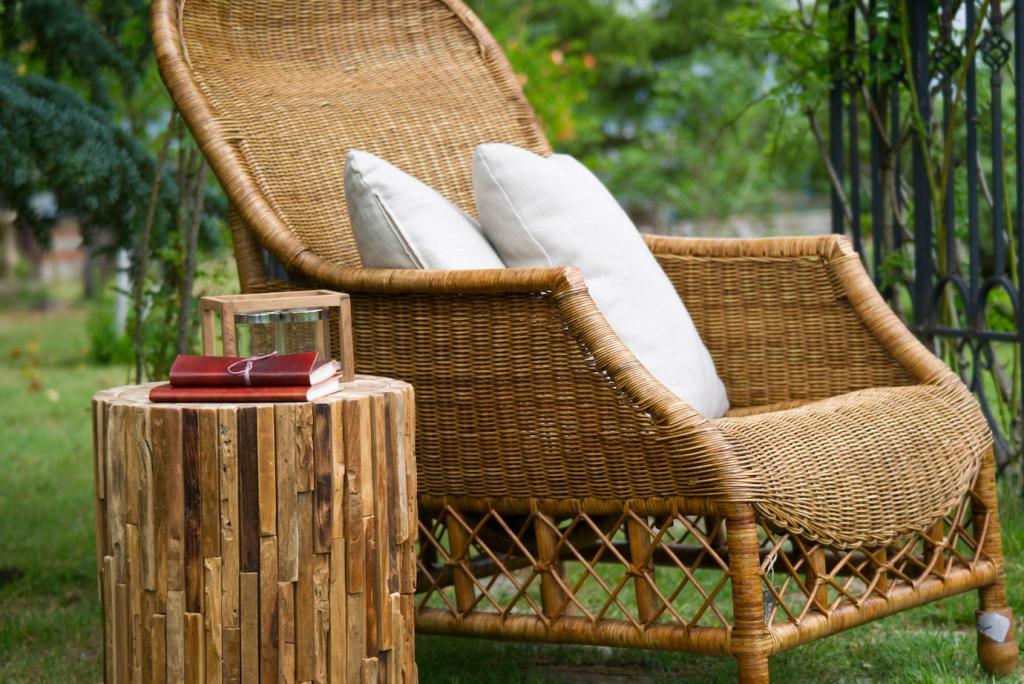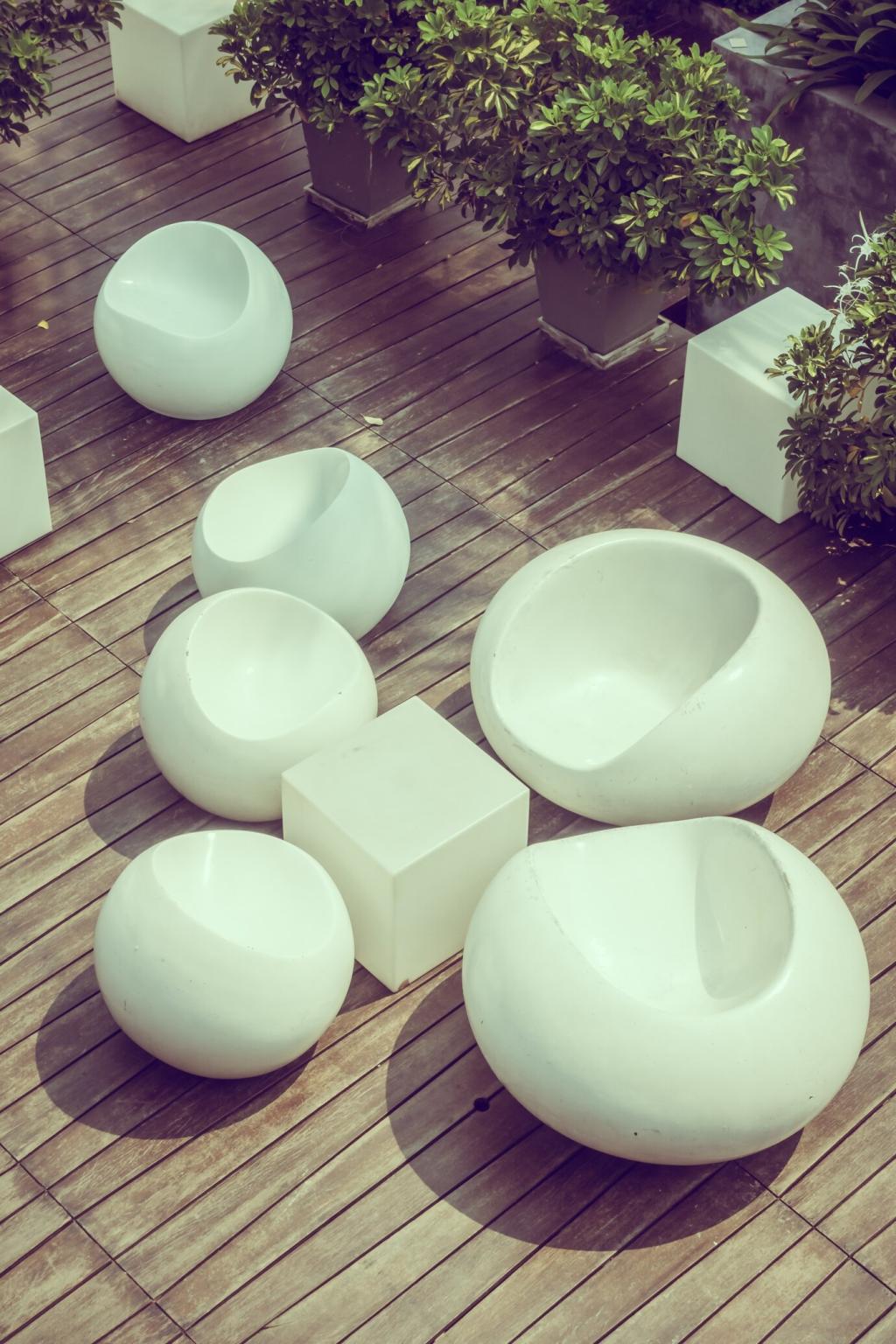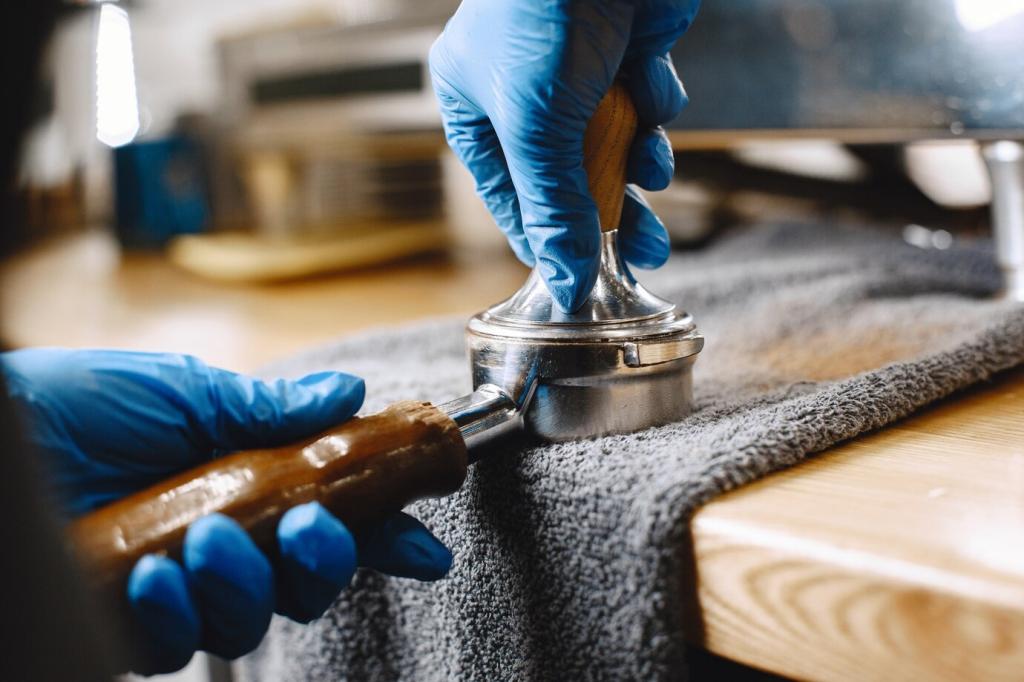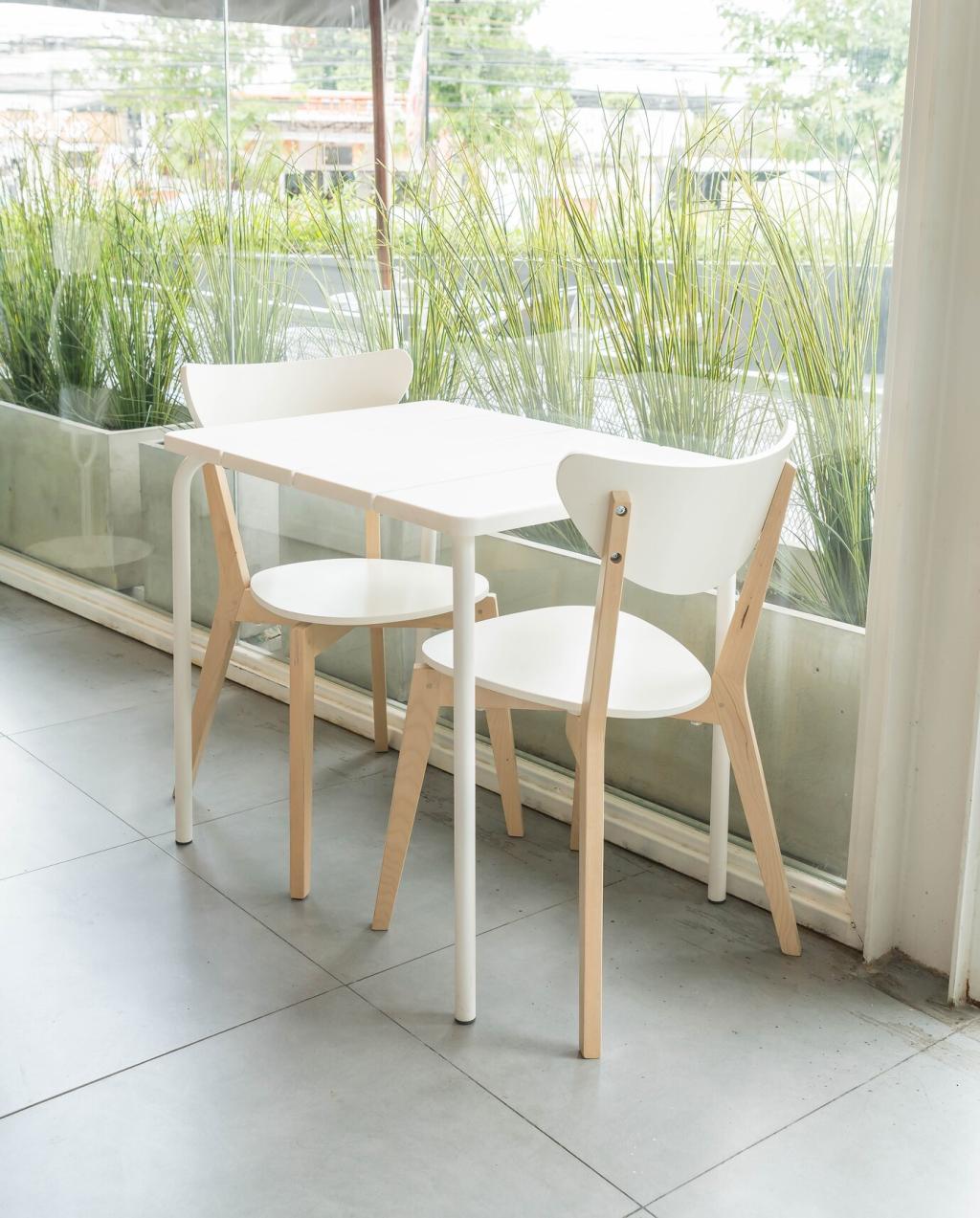Eco-Friendly Furniture Care Tips: Love Your Home, Cherish the Planet
Start with Gentle, Planet-Safe Cleaning
Dry Dusting That Protects Finish
Use a tightly woven microfiber or soft cotton cloth to trap dust without sprays. Light, regular dusting reduces abrasion, prevents buildup that demands harsher cleaning, and helps finishes breathe. Make it a weekly ritual and share your progress with us.
The Right Way to Use Mild Soap
When deeper cleaning is needed, dilute a few drops of castile soap in warm water. Dampen, don’t soak, the cloth; wipe gently with the grain, then dry immediately. Always spot-test first, and tell us which dilutions worked best on your furniture.
Vinegar: When to Use, When to Avoid
Vinegar cuts grease on sealed surfaces, glass, and metal, but can dull waxed or delicate finishes. If unsure, test a hidden spot. Pair vinegar with distilled water to minimize streaks, and share your success stories or cautionary tales in the comments.
Natural Ingredients That Actually Work
Blend grated beeswax with jojoba oil over gentle heat to create a soft balm. Rub a pea-sized amount onto clean wood, buffing to a warm glow. It nourishes without overpowering scent, and a little goes far. Share your before-and-after photos with us.
A light baking soda paste can lift water rings on some sealed wood and scuffs on sturdy surfaces. Apply gently, never scrubbing hard, then wipe clean and dry thoroughly. Avoid delicate finishes. Tell us where this gentle fix saved a beloved piece.
Steep citrus peels in vinegar for two weeks to mellow the aroma and add bright notes. Dilute for cleaning sealed surfaces and hardware. It reduces dependency on synthetic fragrances and leaves rooms feeling crisp. Share your favorite infusion combinations below.
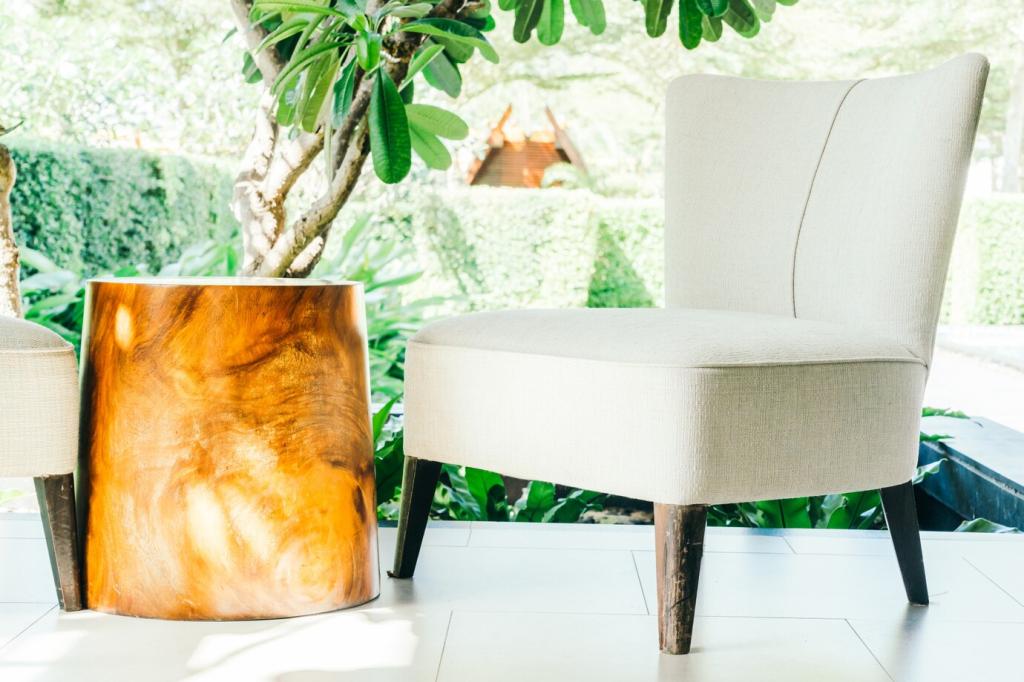
Protection Without Harsh Chemicals
Place coasters under mugs, heat-safe pads under cookware, and breathable saucers under plants. These small barriers prevent water rings, heat marks, and soil spills, reducing the need for aggressive cleaners later. Share your favorite stylish, sustainable accessories.
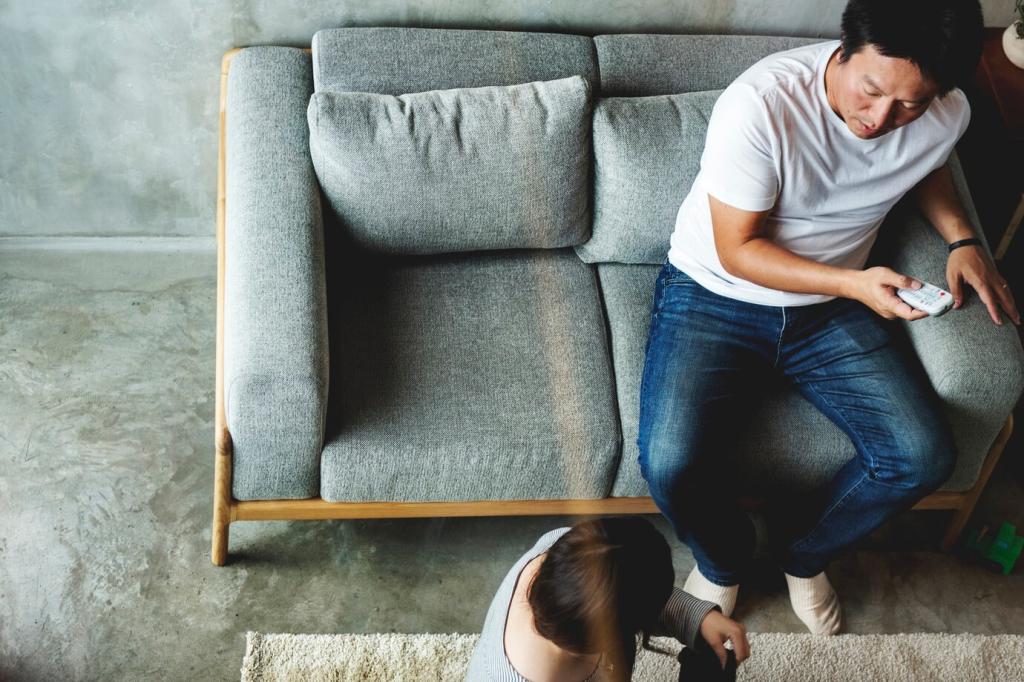
Repair, Refresh, and Upcycle Sustainably
Rub a raw walnut kernel along a light scratch on finished wood; its natural oils can visually soften the mark. Buff gently afterward. It’s not magic, but often surprisingly effective. Share your quick fixes and photos to inspire the community.
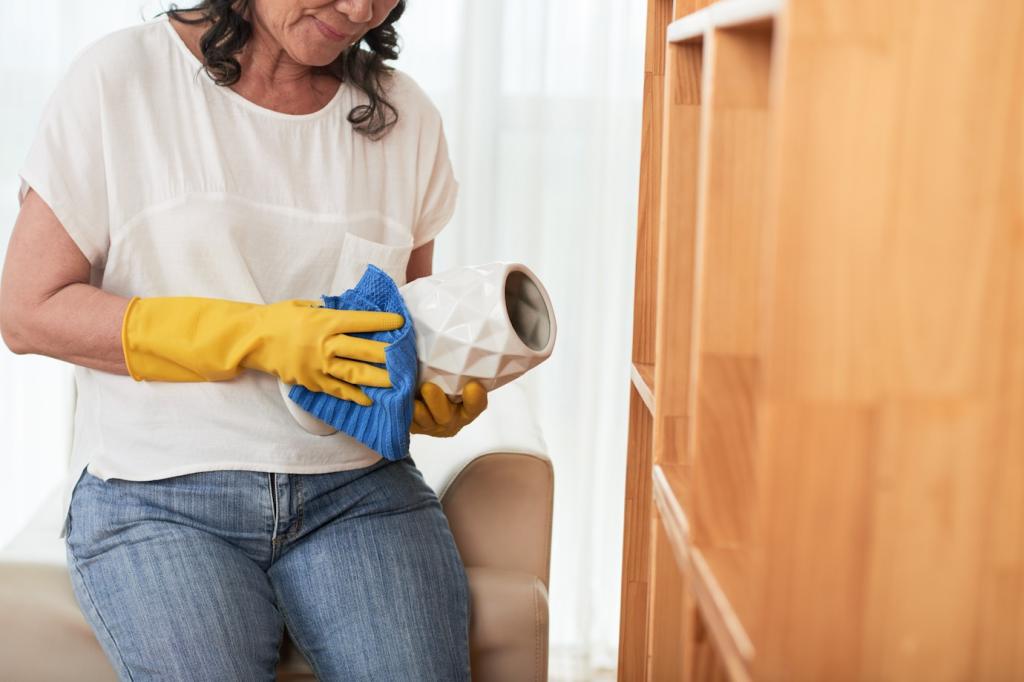
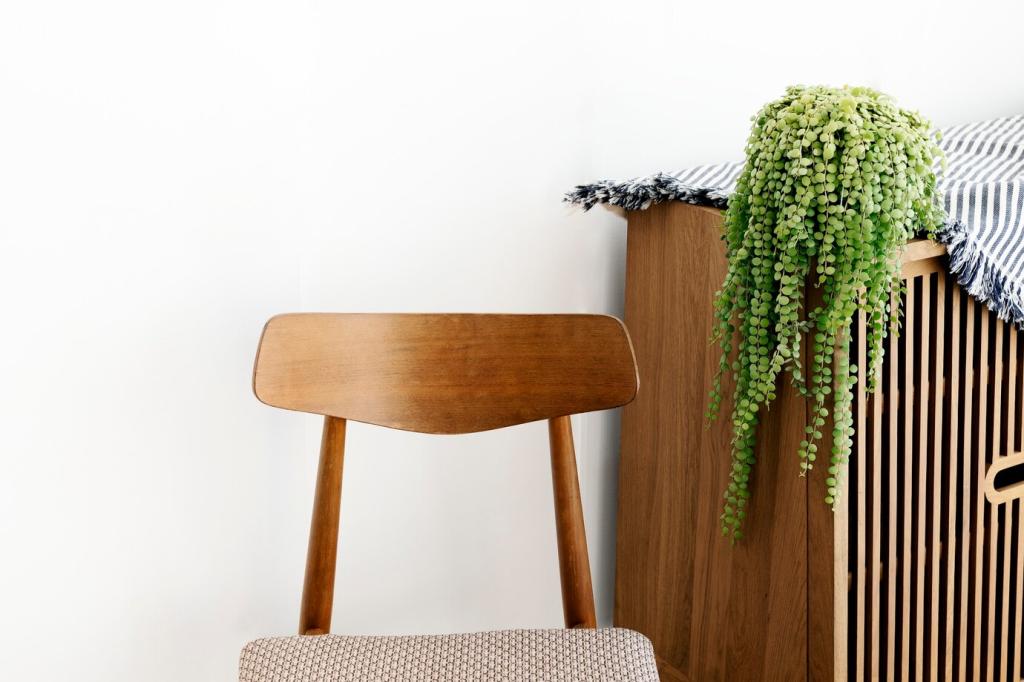
Repair, Refresh, and Upcycle Sustainably
Choose milk paint or certified low-VOC finishes for refresh projects. They offer soft, timeless color without strong fumes. Prep by cleaning and lightly scuffing, then finish with eco-friendly sealers. Tell us your favorite hues and how they revived a tired piece.
